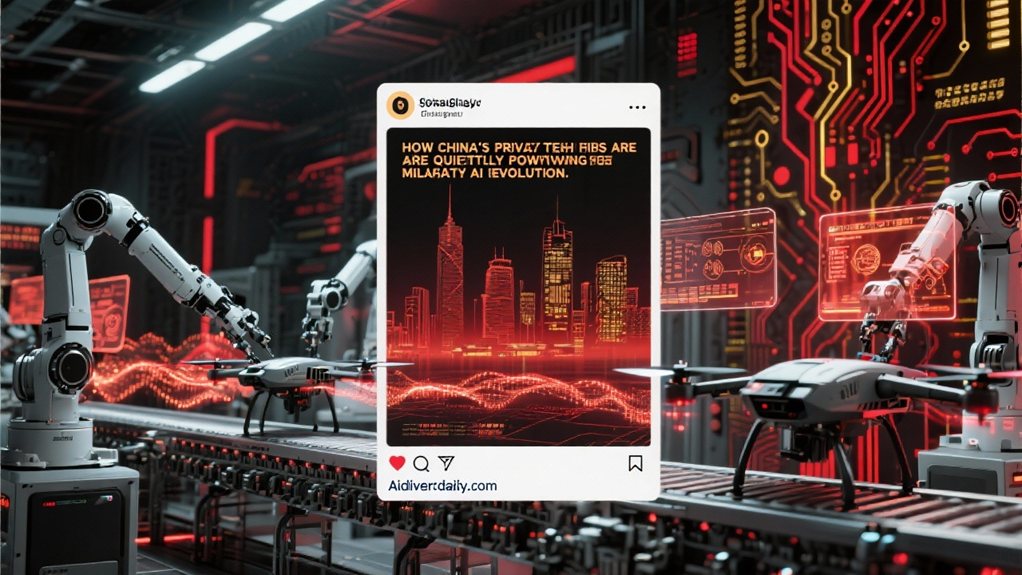In a city that can’t seem to catch a break from downpours, Hong Kong has turned to AI for rainstorm forecasting, and it’s about time. After years of battling torrential rains, record-breaking floods, and the occasional apocalyptic weather event, the Hong Kong Observatory (HKO) decided enough was enough.
In 2025, when Tsim Sha Tsui was drenched with an astounding 358.8mm of rain in a single day—marking the highest daily amount recorded in August since 1884—they knew they had to step up their game. The second-longest black rainstorm warning in history? Yeah, not ideal.
Enter AI. HKO has committed to enhancing its AI models, which, let’s be honest, are a refreshing change compared to the traditional forecasting methods that seemed to work about as well as a broken umbrella. Just one week before the chaos, AI successfully predicted a rainband over the Guangdong coast. Talk about being ahead of the game! The AI models are also designed to improve the accuracy of weather forecasts significantly, and AI’s superior predictive capabilities were evident when it successfully tracked the movements of tropical storms.
Current AI systems are no magic wands—they have limitations. But they’re already giving forecasters a fighting chance, capturing rainband movements and forecasting accumulated rainfall over an essential 24-hour window. Much like how machine learning algorithms process medical images with high precision, these systems analyze weather patterns with remarkable accuracy. Continuous investment and refinement are on the agenda to boost accuracy further, especially for those pesky typhoons that love to crash the party.
Speaking of accuracy, AI has been flexing its muscles. During the infamous Typhoon Wutip, AI models showed their prowess, outshining traditional physics-based forecasts. The Fuxi and AIFS models nailed the storm’s trajectory, predicting a more reliable westerly path. It’s high time to ditch the outdated methods that rely on overly complicated calculations, don’t you think?
But the AI magic doesn’t stop there. HKO is using these systems to estimate airport visibility and air traffic flow too. It’s like weather forecasting on steroids. They’re even simulating flooding potential post-rainfall. It’s proactive disaster risk management at its finest—who would’ve thought?
Of course, it’s not all sunshine and rainbows. AI models can be a bit of a black box. How they work? Good luck deciphering that. With a reliance on proprietary systems, transparency takes a hit. The integration of AI must juggle data-driven insights with the physical dynamics of weather.
But hey, it’s a start. After 140 years of records shattered, Hong Kong is finally putting up a fight against its own weather chaos. And honestly, it’s about time.









